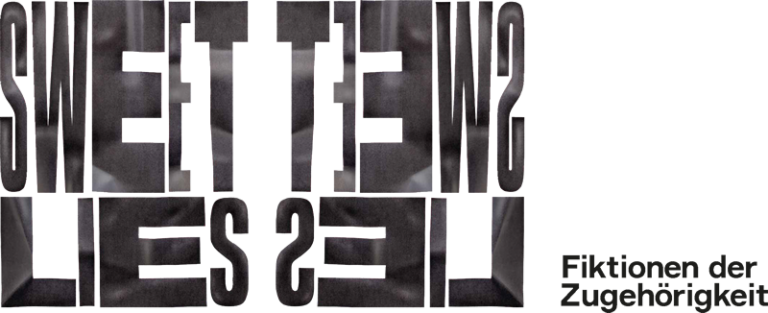Microaggressions
Microaggressions refers to the emotional impact that experiences of discrimination – in a systemic as well as everyday sphere – have on marginalized people, thus bundling degrading messages, insults, degradations, etc. The sender of these (unconscious) messages are, for example, white people belonging to the majority society. Senders of these (unconscious) messages are, for example, white people who belong to the majority society. They direct these messages to Black people or People of Color.
Microaggressions can be divided into three different types, as suggested by author Tupoka Ogette:
- Microaggressions: (Deliberate) actions or statements that demean another person. This includes, for example, the use of racist symbols or language, such as the N-word.
- Microinsults: (Non-)verbal communication that is offensive, such as when a security person in a store assumes BIPoC are criminals and pays special attention to them.
- Micro-exclusions: Subtle form of communication that excludes BIPoC, for example, by asking where someone is “really” from. This is because this question implies that Germans have to be white and BIPoC are not allowed to feel at home in their own country.
Microaggressions are triggered by brief moments and encounters that, viewed in isolation, do not seem worth mentioning. They only become a structural phenomenon through their accumulated occurrence, which can be very painful for the persons affected.
